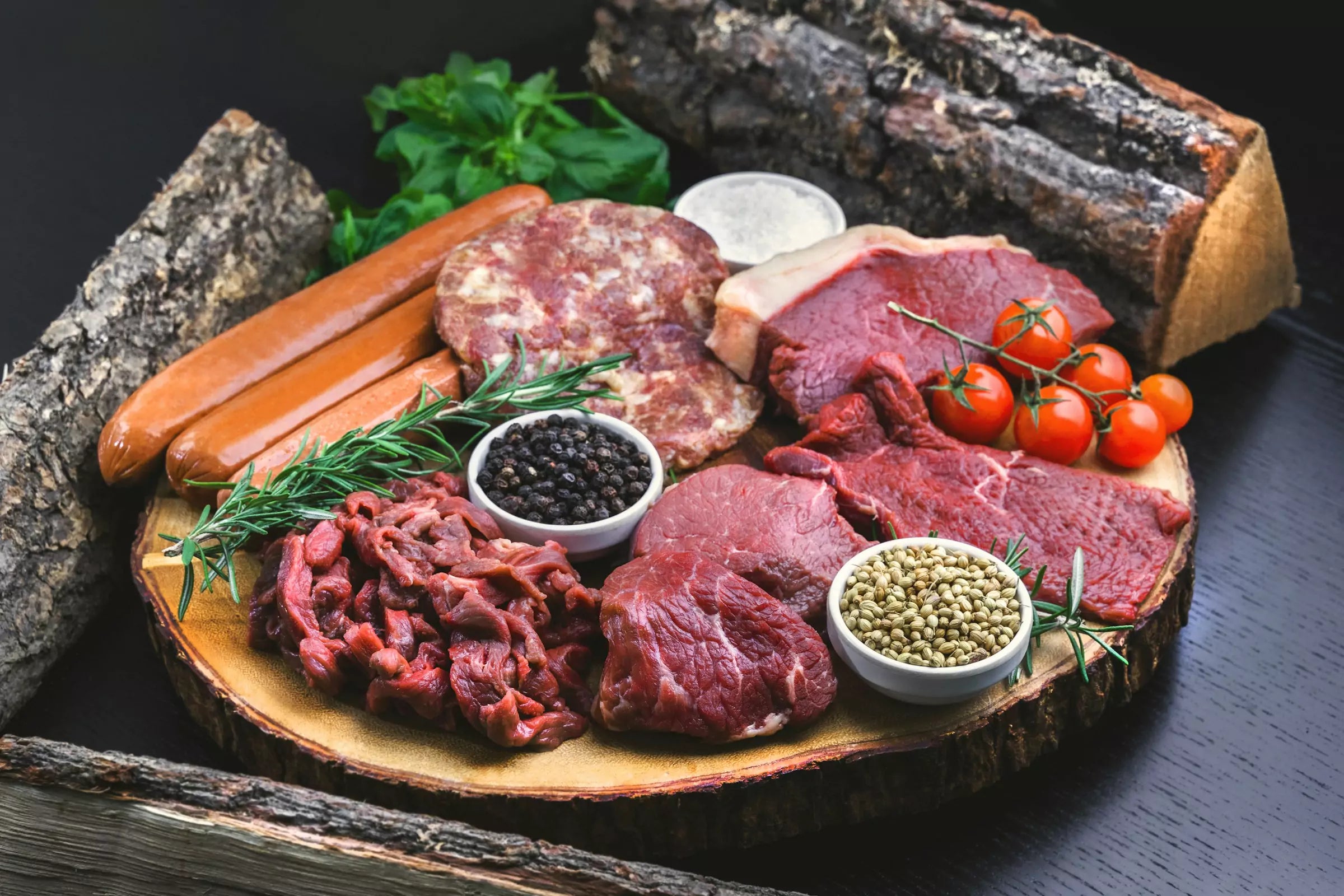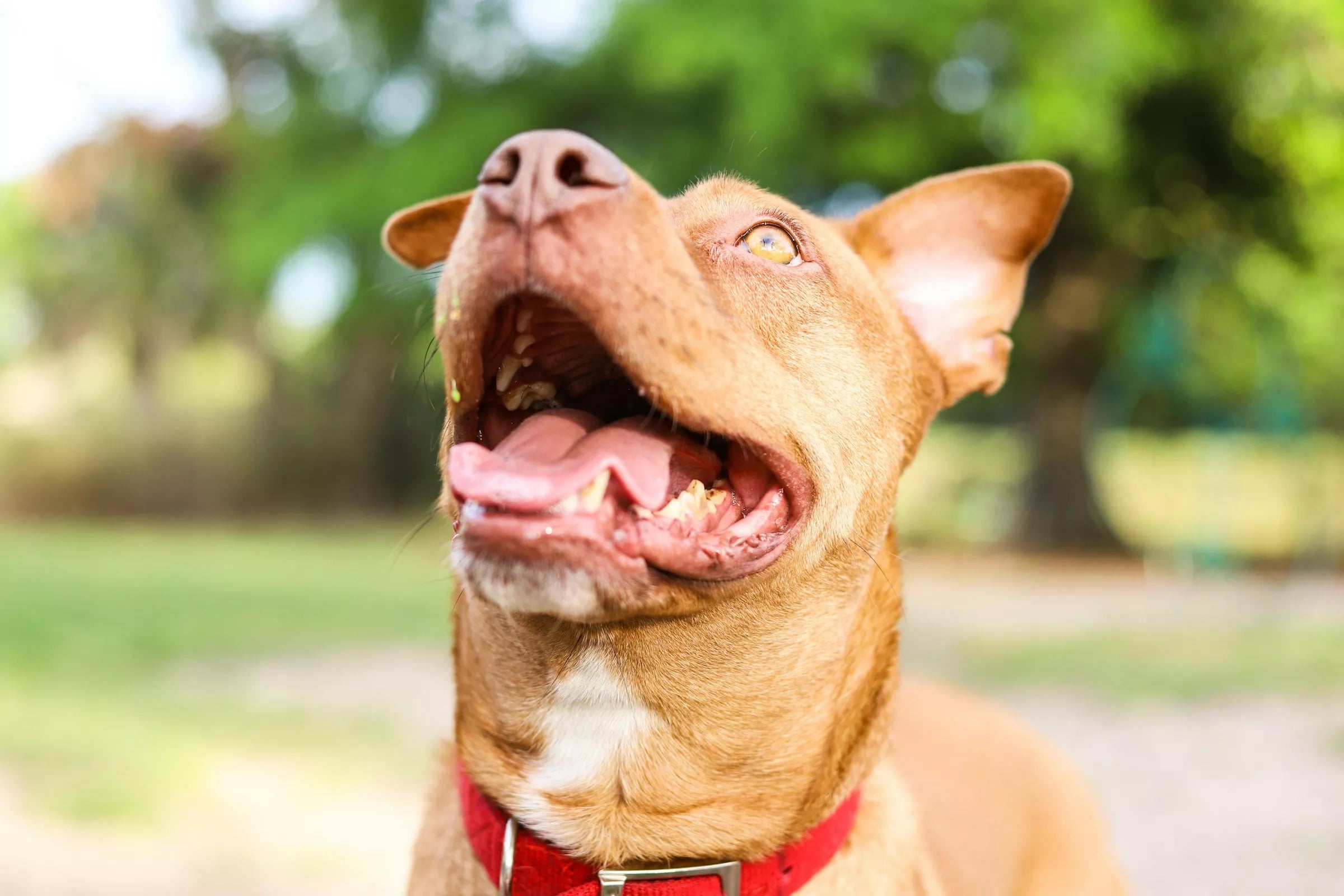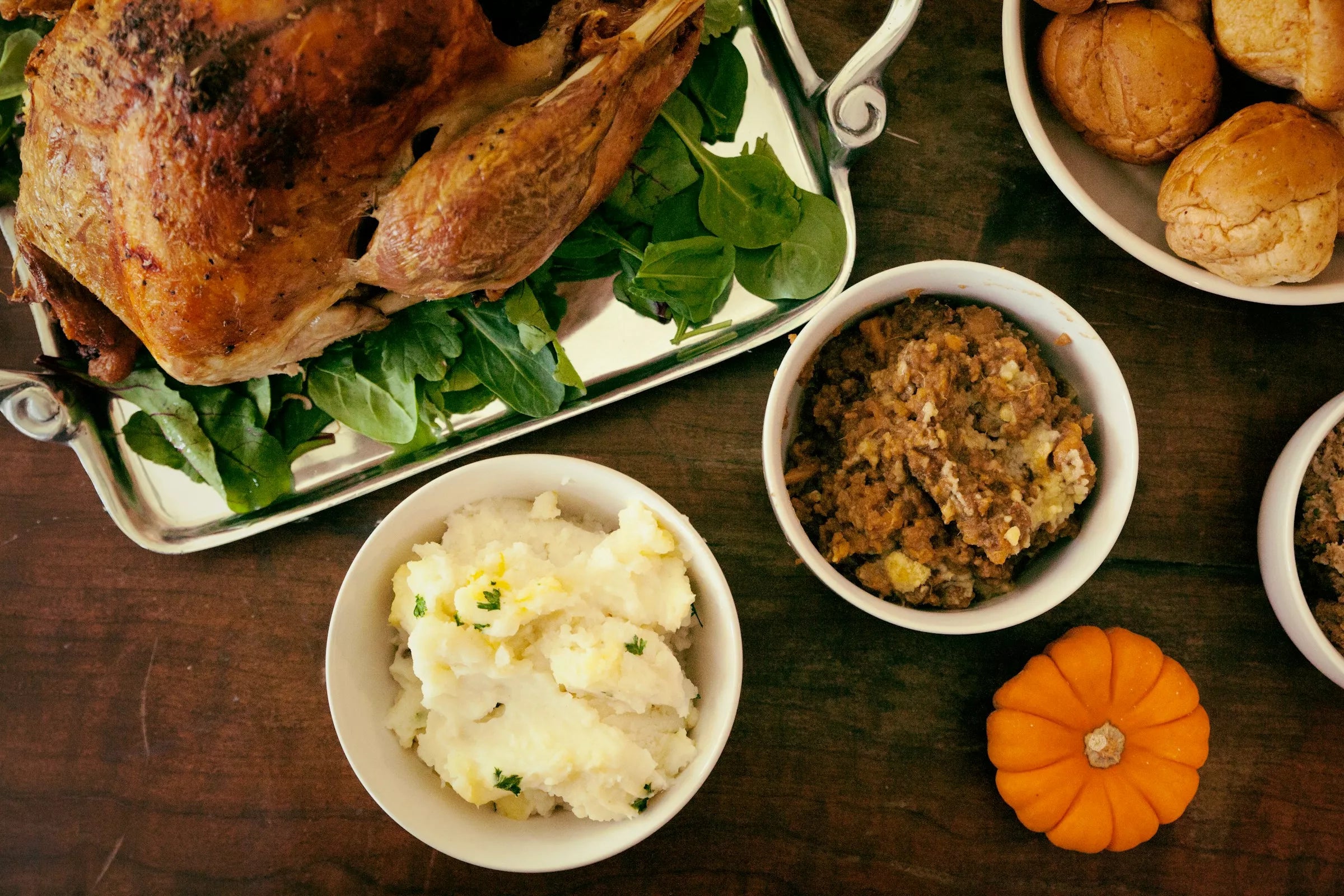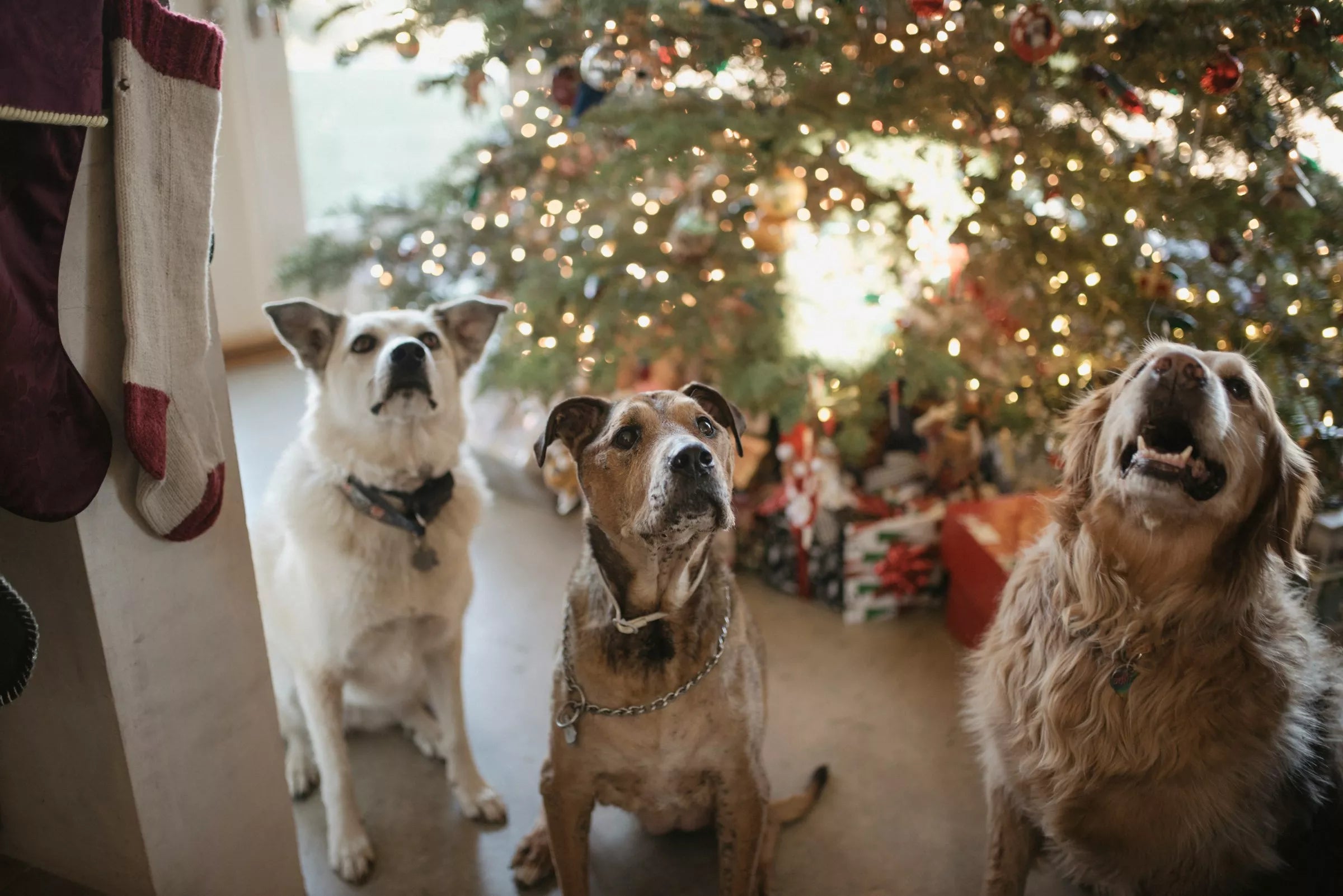Which Is the Healthiest Meat for Dogs?

Protein is a cornerstone of a healthy canine diet—but not all meats are created equal. From lean chicken to nutrient-rich organ meats, each protein source offers different benefits. So, which is the healthiest meat for dogs? The answer depends on your dog’s age, lifestyle, and any dietary sensitivities. Here’s a breakdown to help you choose wisely.
Jump to:
- Why Meat Matters in Dog Nutrition
- Top Healthiest Meats for Dogs
- What to Consider When Choosing Meat
- Meats to Feed in Moderation
- FAQs
Why Meat Matters in Dog Nutrition
Dogs are omnivores with a natural leaning toward meat. Quality animal protein supports strong muscles, healthy skin, immune function, and energy levels. It’s also highly bioavailable—meaning dogs can digest and use it efficiently.
Top Healthiest Meats for Dogs

1. Chicken
Lean, affordable, and rich in essential amino acids, chicken is a go-to protein. It’s easy to digest and ideal for dogs with sensitive stomachs, but allergies to chicken are becoming more common, so watch for signs of itching or digestive upset.
2. Turkey
Another lean option, turkey offers slightly more iron and zinc than chicken. It’s often found in hypoallergenic dog foods and is gentle on the digestive tract.
3. Beef
Rich in iron, zinc, and B vitamins, beef supports muscle development and energy. Opt for lean ground beef or stewing cuts, and avoid fatty trimmings or seasoned meats.
4. Lamb
Lamb is slightly higher in fat, making it a great option for active dogs. It’s also a good alternative for dogs with poultry sensitivities.
5. Fish (Salmon, Sardines, Mackerel)
Fish is packed with omega-3 fatty acids, which support skin, coat, brain function, and joints. Choose oily fish like salmon or sardines (in water, no salt) and serve it cooked or canned—never raw unless it’s specifically prepared for dogs.
6. Duck
Duck is a novel protein for many dogs, making it great for food trials and elimination diets. It’s higher in fat, so it suits dogs who need a calorie boost.
7. Organ Meats (Liver, Kidney, Heart)
Organs are nutrient powerhouses. Liver, for example, is loaded with vitamins A and B12, iron, and copper. Serve in small amounts (5–10% of diet) to avoid nutrient imbalance.
What to Consider When Choosing Meat
- Your Dog’s Age: Puppies and senior dogs often need more digestible, leaner meats like chicken or turkey.
- Activity Level: Active breeds may benefit from higher-fat meats like lamb or duck.
- Allergies: If your dog shows signs of food sensitivity (itching, loose stools), try a novel protein like duck, venison, or fish.
- Raw vs Cooked: Raw diets can work for some dogs but require careful handling and balancing. Lightly cooked meat is often safer and just as digestible.
Meats to Feed in Moderation
Not all meats should be daily staples. These should be occasional treats or supplemental ingredients:
- Pork: Often high in fat and hard to digest. If feeding, keep portions small and well-cooked.
- Bacon or Sausages: High in salt and preservatives. Best avoided altogether.
- Processed Meats: Deli meats and cooked ham contain sodium and nitrates, which are not dog-friendly.
FAQs
What’s the best meat for dogs with allergies?
Novel proteins like duck, venison, or fish are ideal for dogs with common meat allergies. Look for limited-ingredient diets with single protein sources.
Can I feed my dog meat every day?
Yes, as long as it’s part of a balanced diet. If you're feeding homemade meals, make sure meat is complemented with vegetables, calcium, and essential fatty acids.
Is raw meat better than cooked meat for dogs?
Raw meat diets are popular, but they carry a risk of pathogens. Lightly cooking meat can reduce risk while maintaining most nutrients. If feeding raw, consult a canine nutritionist.
Can dogs eat red meat?
Yes—lean cuts of beef or lamb can be excellent for dogs, especially active ones. Watch fat levels and portion size.
How much meat should be in my dog’s diet?
It depends on the feeding approach. In raw diets, meat can be 70–80% of intake. In commercial kibble, meat is usually part of a complete formulation. Always feed to your dog’s size and needs.















Share:
How to Stop Your Dog Peeing in the House
Can Dogs Eat Tuna?